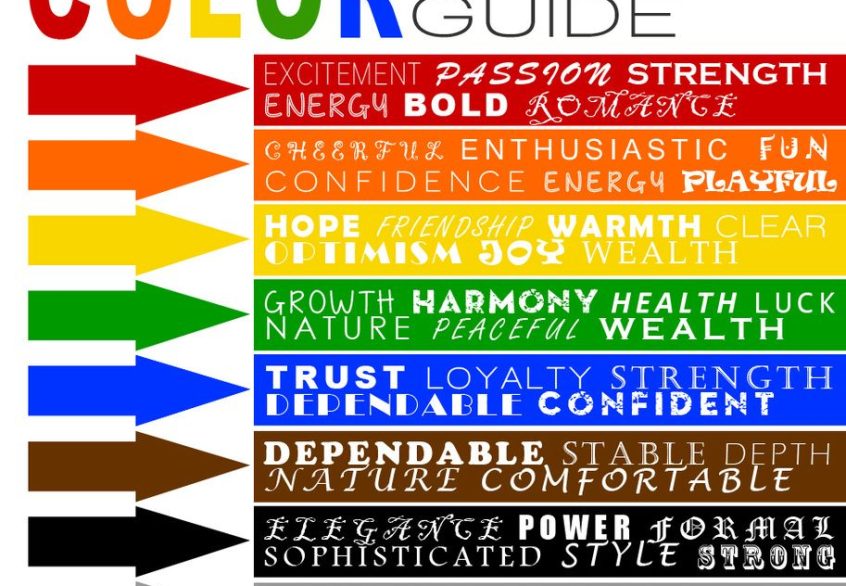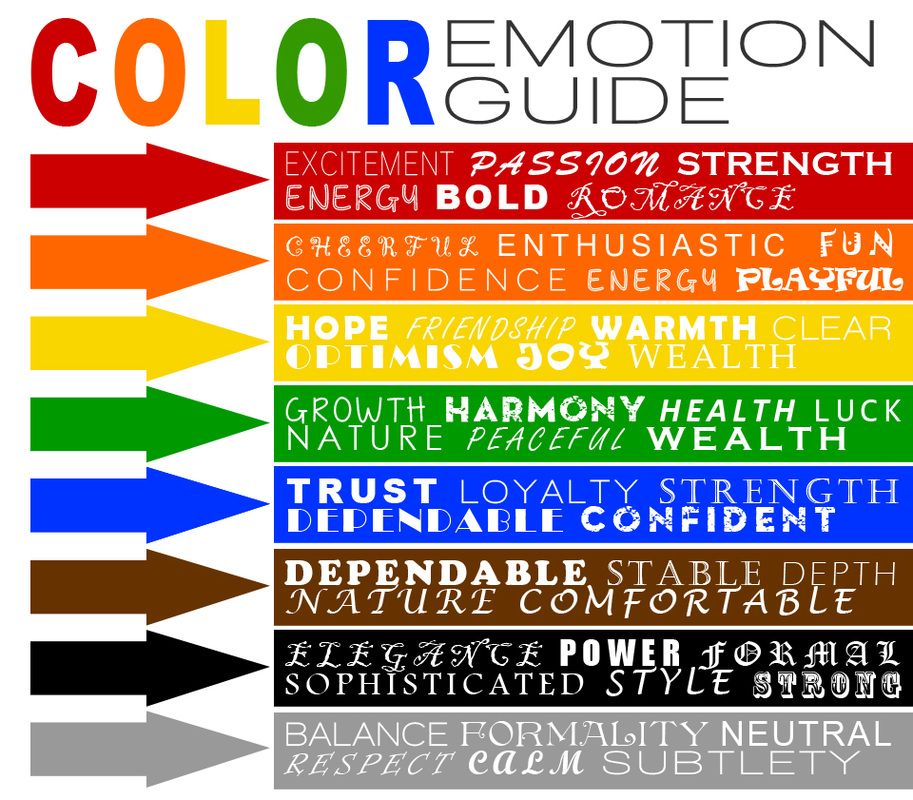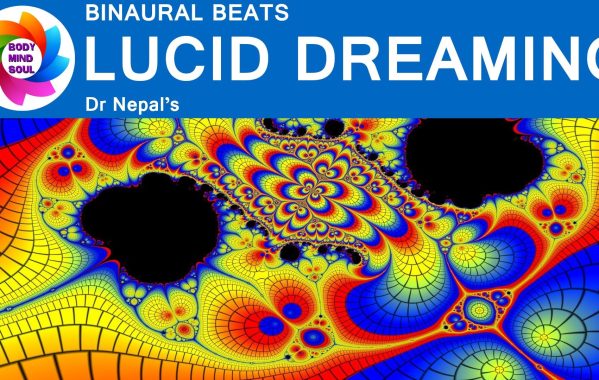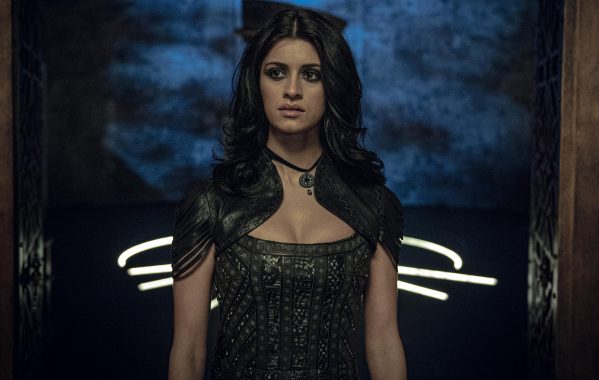Color Emotion Guide Psychology

If you don’t have time now, save it for later asap. One of the main considerations that a designer must deal with is to understand what it is that the client wants to achieve.
 Colors Color psychology, Color theory, Colors and emotions
Colors Color psychology, Color theory, Colors and emotions
Funny but for psychology class i actually had to do a research paper on breeding and how color affects breeding and fish.

Color emotion guide psychology. Its primary goal is to balance out the psychological and physiological nerves. Blue is the colour of the mind and is essentially soothing; Well, that’s what i’ve covered in this color psychology guide.
From this color emotion guide, let’s find out the impact each color can have on our emotions. Artists and scientists alike argue that one's mood or emotional state can be influenced by color. But the way color and meaning changes is what makes color psychology such an interesting field to explore, and to help you understand the basics, we’ve put together this full spectrum guide which covers the basics, as well as the meanings and emotions we associate with each color.
It’s not as simple as declaring that green triggers prosperity and yellow triggers happiness. Today, we will be taking it a step further and talking about how colors affect your social presence and brand appeal. White can also represent new beginnings, providing a blank slate, and gives refreshment for new ideas.
The color psychology of white. It’s associated with good times, happiness, and laughter. Strong blues will stimulate clear thought and lighter, soft blues will calm the mind and aid concentration.
The emotional effect colors have on us (and your customers) Despite the general lack of research in this area, the concept of color psychology has become a hot topic in marketing, art, design, and other areas. The color psychology of blue.
George (1938) maintained that blue for men stands out far more than for women. Logo designers have several puzzles to solve when presented with a new logo design project. What’s going to follow is a comprehensive guide on the impact of color psychology on your landing page conversions.
The internet has a lot to say about how color psychology affects our mood and behavior, and many companies around the world use these insights to make brand decisions such as determining their brand colors. Design tools life hacks facts In kindergarten, everyone wants to have the biggest box of crayons or the largest selection of colored pencils.
Consequently it is serene and mentally. The color emotion guide arranges well known company logos into a rainbow of emotion to help readers understand which logos are using color to create a perception of their brands. Figure 12 shows the achromatic scale from black to white, with the three emotional domains.
In contrast to its sister primary color, red, blue is associated with a calm serenity over intensity or passion. Color therapy or chromo therapy has become a useful tool as an alternative therapy tool. A few months ago, we shared a blog post about the psychology of color.
In short, the mails with the brightest and more intricate color pattern attracted more females then other fish with less bright colors. Color is what gives our life meaning. Yellow is said to be a cheerful color.
A review of color studies done by eysenck in early 1940’s notes the following results to the relationship between gender and color. Here’s what we’re going to learn: Posted at 17:05h in blog by andrew bell.
For example, red has associations to danger in western nations, but it’s the color of happiness and fortune in china. What color psychology really means (fo realz) and how it works; It affects us mentally, rather than the physical reaction we have to red.
This guide will serve as a good read for both designers and marketers. The fascination doesn’t wane with time, either. How do colors affect your brand?
White is color that is complete and pure, making it a perfect example of purity, innocence, cleanliness, and peace. A guide to using color in design, marketing. See more ideas about color psychology, color theory, color.
See more ideas about color, color psychology, color theory. Much of the evidence in this emerging area is anecdotal at best, but researchers and experts have made a few important discoveries and observations about the psychology of color and the effect it. Coldness, aloofness, lack of emotion, unfriendliness.
Dorcus (1926) found yellow had a higher affective value for the men than women and st. Literally the opposite of black, white pairs well with just about anything, making it ideal as a secondary colour. With this, you’ll be able to create the best logos that your target customers can deeply resonate with.
In a supporting role, white draws out the elements of more stimulating colours, and can even guide your user's attention if you know how to use it (check out uxpin's zen of white space in web ui design guide to learn more). Colors convey messages, evoke emotions, and add brilliance to everyday things. In some veins of psychology, color theory and emotion are interconnected.
Colors have soothing effects on psychology and are a tool of therapy for many disorders. And actually became a quite interesting research project. The psychology of color is complex.
 These colors and their ties to emotions represent Geothe's
These colors and their ties to emotions represent Geothe's
 Colour Matters in Web Design Color psychology, Colors
Colour Matters in Web Design Color psychology, Colors
 Image gallery Color meanings, Color psychology, Colors
Image gallery Color meanings, Color psychology, Colors
 Color and Communication Very Interesting!!! Emotion
Color and Communication Very Interesting!!! Emotion
 The Psychology of Colour Color psychology, Psychology
The Psychology of Colour Color psychology, Psychology
 How to choose brand colors, color psychology guide
How to choose brand colors, color psychology guide
 The Color Emotion Guide Colour Pinterest
The Color Emotion Guide Colour Pinterest
 color emotion Colors and emotions, Emotions, Color
color emotion Colors and emotions, Emotions, Color
 Psychology of Color Color psychology, Color meanings, Color
Psychology of Color Color psychology, Color meanings, Color
 A Complete Guide to Creating Awesome Visual Content
A Complete Guide to Creating Awesome Visual Content
 Color Theory Quick Reference Guide Color Wheel, Color
Color Theory Quick Reference Guide Color Wheel, Color
 Color emotion guide by www.musedesign.ca Biz Tips
Color emotion guide by www.musedesign.ca Biz Tips
 My New Year SewAlong Plans (updated) Color psychology
My New Year SewAlong Plans (updated) Color psychology
 Psychology of Colors Interior design color schemes
Psychology of Colors Interior design color schemes
 Color+wheel+Emotions.jpg (1597×1600) design color
Color+wheel+Emotions.jpg (1597×1600) design color
 Read the blog to find out what different colours represent
Read the blog to find out what different colours represent
 Pin by Victoria Scheldrup on Colors and Combinations (With
Pin by Victoria Scheldrup on Colors and Combinations (With





